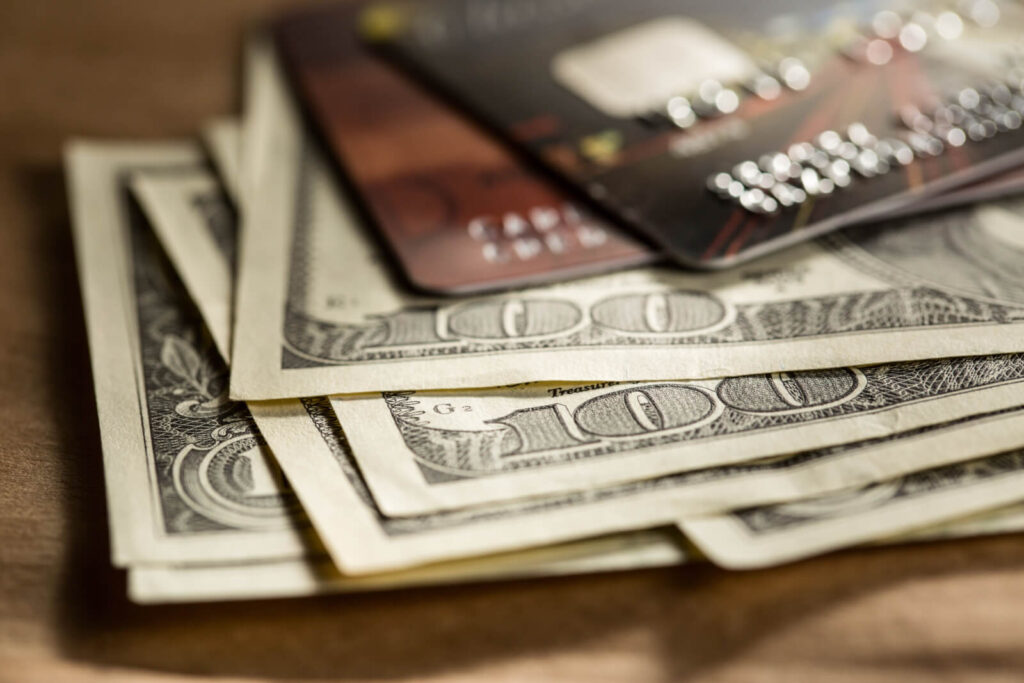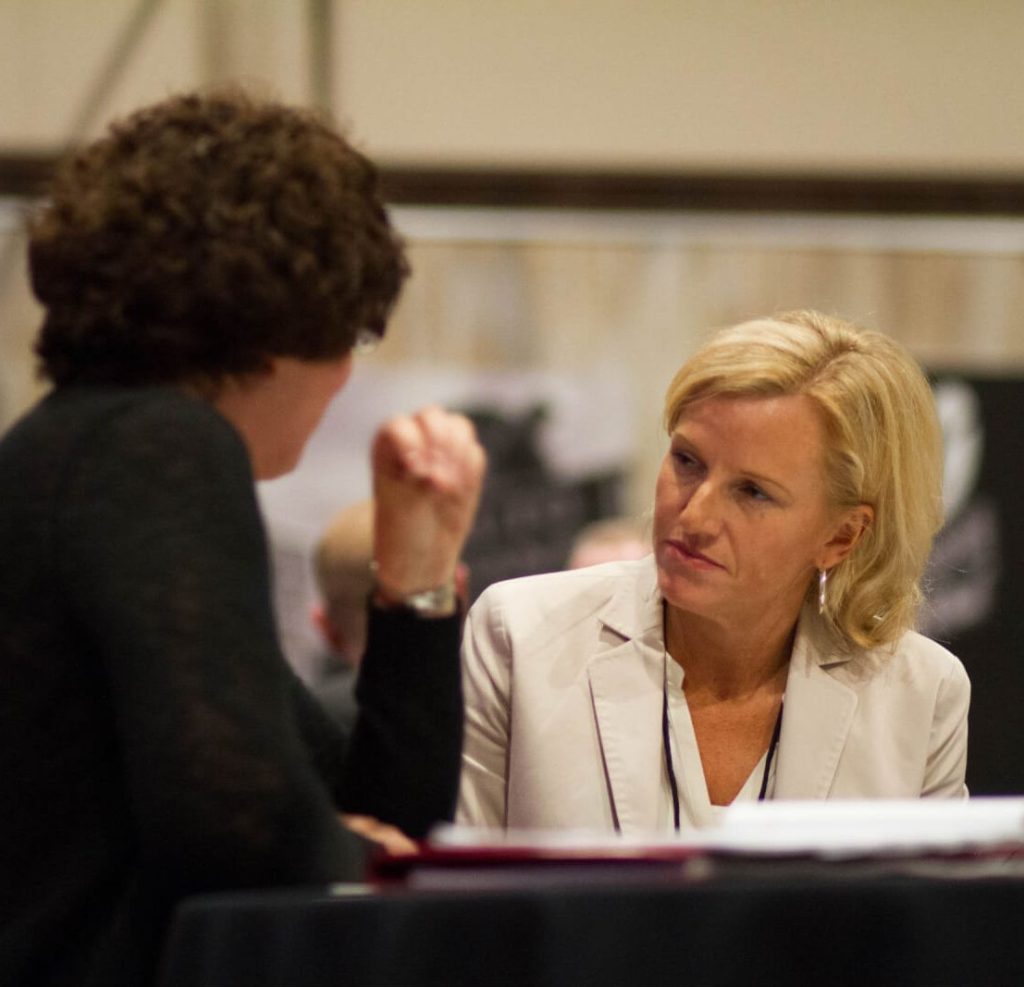There are nine different payment instruments:
 According to a recent study done by the Federal Reserve Bank of Boston, “Debit cards remained the most popular payment instrument among U.S. consumers in 2014, accounting for 30.8 percent of their monthly payments, followed by cash (25.6 percent) and credit cards (23.3 percent).”
According to a recent study done by the Federal Reserve Bank of Boston, “Debit cards remained the most popular payment instrument among U.S. consumers in 2014, accounting for 30.8 percent of their monthly payments, followed by cash (25.6 percent) and credit cards (23.3 percent).”
In our household, we use six of the nine methods. I will provide some tips for how we manage each of those and how you can keep a grasp on your budget.
Stash Some Cash
Every month, my wife and I withdraw from our checking account enough cash to get us through the next 30 days. We both spend very little cash but we want to be sure we have plenty in our wallets should the need arise.
Beyond what we keep in our possession, we have one month’s living expenses in cash at home in a small fireproof safe. This allows us to access cash for trips or emergencies. We replenish the cash we keep at home so it is always available. This eliminates the need for a costly run to the nearest ATM machine.
Keep Good Records with Checks
Writing a check will likely become a thing of the past in the near future; but for now, it has advantages. Although we write a very limited number of checks, we tend to use them when a receipt of the transaction is helpful or the organization we are paying prefers a check.
A good example of this is for charitable giving. In addition to a receipt from the organization where we give, we also have a canceled check as a backup source for our IRS records. There are some cases when a small business prefers not to pay the cost of using a credit card and asks for payment in cash or check. If we need a record for this transaction in our records, we tend to write a check. This is especially important if you itemize your tax-deductible expenses.
Money Orders and Travelers Checks
It is very rare that I encounter a need for either one of these financial instruments. Both are essentially a check backed by a guarantee. Because these services cost money, only when it is required will I use this payment option.
One instance is when making a large ticket purchase such as buying a car or making a downpayment on a home. In those cases, the Seller may not accept a personal check, and require you to make payment with a money order. This allows the Seller to know that your payment is secured.
Travelers Checks have a few benefits over cash. First, they may be refunded if lost or stolen. Because they aren’t tied to your bank account or any personal information, it is a way to protect your identity and banking information plus you can cash in your checks for local currency in most countries.
Debit or Credit – You Decide
Because we have a checking account, we also have a debit card that gives us access to draw from our account without writing a check or use it at our bank’s ATM. Although we both carry our cards, we seldom use them. We look at them as a backup option. They do not offer the same identity theft protections as a credit card and make your entire account balance vulnerable if the card is lost or stolen. A debit card offers the convenience of plastic but is not debt; be careful because you can overdraw your account. If you struggle with overspending or are trying to stop creating debt, exclusively use your debit card and monitor your account closely.
In our home, we carry only one credit card. We have chosen a card that rewards us with airline bonus miles since we like to accrue those for family travel. By carrying only one card, we accumulate miles more quickly, easily track our balance to avoid overspending and we pay off the balance every month. For payment services, like PayPal, that are tied to our credit card, we consider them all a part of our credit card expenses.
Prepaid Cards
These cards offer the convenience of use for those without access to traditional credit or banking services.
Although fewer cards carry monthly service fees, the charges on those that do range between $1.00 and $9.95. Those cards that do have a fee often give customers an opportunity to avoid it, usually by having a paycheck direct-deposited onto the card.
Electronic Banking
Most major banks offer electronic banking services. This allows the account holder to have payroll directly deposited, money to be transferred between accounts and to establish online bill payments. More and more consumers are choosing this method for convenience’s sake.
Whatever method of payment you prefer to use, you need to have a budget to keep it in order. Crown offers free budgeting help online. I recommend that you budget according to your frequently used payment methods. You should know how much cash you are going to spend each month, the limits to what you can charge monthly on your credit cards and the money you will spend by writing a check. If you use prepaid cards, money orders or traveler’s checks, be sure and capture your total expense of all these payment methods. The goal is always to spend less than you earn and to know where the money is going so you don’t lose track of it.
Part of making a healthy budget is having a savings account and knowing what your financial goals are. The Money Map helps you do this by guiding you through the financial goals you need to reach and helping you achieve them. It’s simple, easy-to-follow, and you can download it for free!
Originally published in Lifeway Magazine, September 2016
Subscribe for Weekly Updates
"*" indicates required fields
Search
Christian Credit Counselors

Is credit card debt causing you stress and strain? Christian Credit Counselors would like to help!